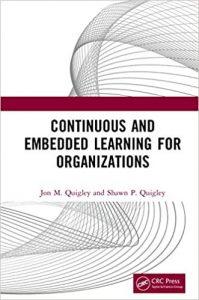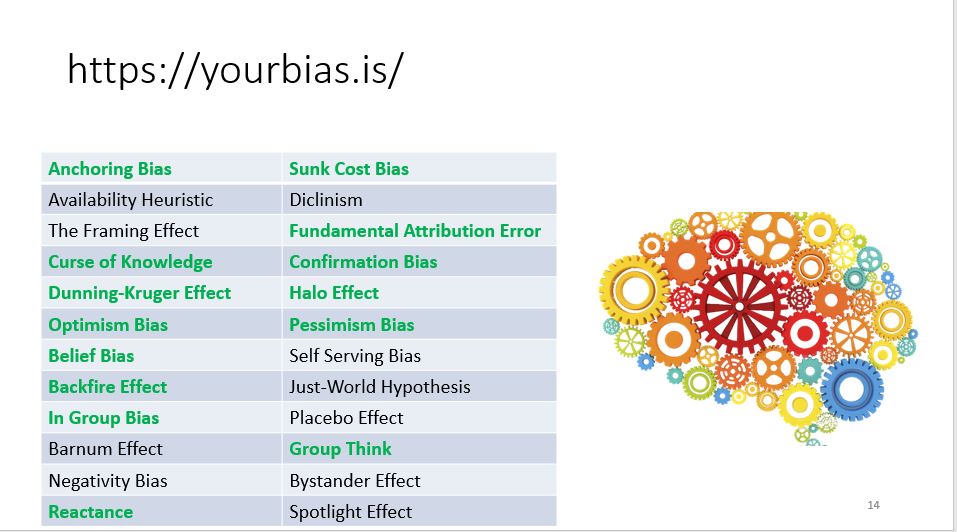Quieting Loud Mouth People – Not THE Solution
Our Loud Team Members
There is more to engagement then quieting the loud voices. For example, intrinsic motivation and a sense of agency. We thank Ngan Tran for posting an article on LinkedIn; the piece is found at LinkedIn Article, we do not disagree with much of what they write in the paper but have some different perspectives.
Gallop Poll
What is Engagement?
Gallup conducts a poll on employee engagement, a well-known research and consulting firm and assesses the level of attention and satisfaction among employees in various organizations. While I don’t have access to real-time data or specific results of recent Gallup polls, I can provide a general summary of the Gallup poll on employee engagement based on historical trends and findings:
- Definition of Employee Engagement: Gallup defines employee engagement as employees’ emotional commitment and involvement toward their work, organization, and goals. Engaged employees are enthusiastic about their work, motivated to contribute their best, and feel connected to their organization.
- Engagement Levels: Gallup’s research has consistently shown that many employees worldwide are disengaged. Engagement levels vary across industries and countries, but most employees tend to fall into one of three categories: engaged, not engaged, or actively disengaged.
- Impact of Engagement: Gallup’s research indicates that high levels of employee engagement are linked to positive organizational outcomes, including increased productivity, higher customer satisfaction, lower turnover rates, and improved financial performance. Engaged employees are likelier to go the extra mile, innovate, and contribute to their organization’s success.
- Factors Influencing Engagement: Gallup identifies various factors that contribute to employee engagement. These include clear expectations, opportunities for learning and development, meaningful work, supportive management, recognition, rewards, and a sense of belonging and purpose within the organization.
- Managerial Influence: Gallup highlights the crucial role of managers in driving employee engagement. Effective managers who provide regular feedback, coaching, and support tend to have higher levels of engagement within their teams. They play a significant role in creating a positive work environment and fostering employee motivation and growth.
- Ongoing Measurement: Gallup emphasizes the importance of continuous employee engagement measurement to track trends, identify improvement areas, and monitor engagement initiatives’ effectiveness. Regular surveys and feedback mechanisms help organizations understand employees’ needs and tailor strategies accordingly.
It’s important to note that the findings of Gallup polls on employee engagement may vary over time and across different industries and regions. Organizations often use Gallup’s research and insights to guide their efforts in creating a more engaged and productive workforce. One thing is for sure; engagement is visible in the loud voices.
Engagement Levels and Percentage
The specific breakdown of engagement levels can vary across surveys and periods. However, a general overview of the typical breakdown of employee engagement levels based on historical Gallup research:
- Engaged Employees: Engaged employees are highly involved, committed, and enthusiastic. They are motivated to contribute their best efforts and actively seek ways to impact their organization positively. Although the exact percentage can vary, Gallup has historically found that engaged employees comprise a minority, usually around 30-35% or even less.
- Not Engaged Employees: Not engaged employees are not actively disengaged but may be indifferent or unenthusiastic about their work. They may meet the basic expectations of their job but lack the motivation to go above and beyond. The percentage of disengaged employees tends to be higher than that of engaged employees and can vary widely, often comprising the largest portion of the workforce.
- Actively Disengaged Employees: Actively disengaged employees are the most damaging and disconnected group. They may be unhappy with their work environment, have low morale, and actively undermine their organization’s success. This group typically represents a smaller percentage of the workforce compared to engaged and not engaged employees. However, it can still significantly impact team dynamics and organizational culture.
Engagement Environment
It’s important to note that the above percentages are general estimates and may not reflect the specific breakdown from a recent Gallup poll or other surveys. Gallup’s findings and rates can vary depending on the survey methodology, sample size, industry, and other factors. For the most accurate and up-to-date information, I recommend referring to Gallup’s official reports or contacting Gallup directly for the latest employee engagement data; all of this is a summary from memory.
It is essential that we need to create an organizational environment that:
- Is a psychologically safe environment
- Encourages team member motivation
- Hire people that are resilient and have a strong sense of agency.
- Encourages continuous learning
- Recognizes many biases can impact our thinking and level of engagement (specifically group think)
An example of bias we discuss in some of our project management classes and presentations.
Those Engaged
At least we still have some team engagement. We should not assume that those still involved, perhaps loud, somehow correlate with those not participating. At a time when we need engagement, we are not sure the solution is to silence those that, despite working in the same environment, are not suffering, at least to the same extent as those lesser engaged team members. As pointed out in the LinkedIn Article the issue may not be engagement related, but more related to the team member being introverted. However, it could be related to intrinsic motivation.
Intrinsic Motivation
Intrinsic motivation refers to engaging in an activity for the inherent satisfaction, enjoyment, or personal interest it brings rather than for external rewards or incentives. Someone intrinsically motivated will find pleasure, fulfillment, and a sense of purpose in the activity itself, often experiencing a state of flow where time seems to pass effortlessly.
Intrinsic motivation is driven by internal factors such as personal values, curiosity, the desire to learn, and a sense of autonomy or control. This motivation is associated with pursuing goals that align with one’s interests, passions, or core values. Unlike extrinsic motivation, which relies on external rewards like money, praise, or grades, intrinsic motivation comes from within the individual and is inherently self-rewarding.
Examples of intrinsically motivated activities can vary widely and are unique to each individual. Some common examples include engaging in hobbies or creative pursuits, pursuing personal growth and development, seeking intellectual challenges, or participating in activities that bring joy or a sense of accomplishment.
Intrinsic motivation is essential for fostering long-term commitment, creativity, and a sense of well-being. When intrinsically motivated individuals are more likely to experience higher levels of engagement, persistence, and satisfaction in their pursuits.
Another View
Perhaps we should be more thankful that some of our team are still engaged. Our goal is to create an environment where individuals can thrive, to be their best selves at work with a strong sense of accomplishment. From experience, organizations take actions that will run contrary to this objective. I grew up on or around military bases; there was a saying it only takes one ah sh!t moment to erase a 1000 atta boys. Perhaps this should be modernized according to present-day sensitivities.
The Message
The message is that the organization and its leadership must understand the consequences of their decisions. It is not just about those that seem loud; to be sure, our best solution is to engage the entire team, and if that is not presently happening, we should strive toward that. However, sometimes this is not due to the organization but is intrinsic to the individual’s motivation and sense of agency. While working to get the most from our team, we must keep the enterprise working as best possible. This will require working with those still engaged, not shutting up those presently contributing. Instead of clamping down on those speaking, consider:
- Build strong relationships: Get to know your employees personally and understand their strengths, interests, and aspirations. Show genuine care and interest in their well-being. Building positive relationships creates trust and fosters a sense of belonging.
- Provide clarity and purpose: Communicate the team’s goals, objectives, and the importance of each team member’s role. Help employees understand how their work contributes to the bigger picture. When employees see the purpose behind their tasks, it can increase their engagement.
- Offer development opportunities: Provide opportunities for growth and development through training, workshops, mentoring, or job rotations. Support employees in acquiring new skills, expanding their knowledge, and advancing in their careers. Engaged employees are often those who see opportunities for personal and professional growth.
- Recognize and appreciate: Acknowledge and appreciate the efforts and achievements of your team members. Recognize their contributions publicly and privately, and provide regular feedback. Celebrate milestones, small wins, and achievements to create a positive work environment.
- Foster autonomy and empowerment: Encourage autonomy by giving employees decision-making power and control over their work. Allow them to take ownership of their projects and encourage them to explore new ideas and approaches. Feeling empowered can increase motivation and engagement.
- Foster teamwork and collaboration: Create opportunities for employees to collaborate, share ideas, and work on projects. Encourage a supportive and inclusive team culture where everyone feels valued and heard. Teamwork can foster engagement and a sense of belonging.
- Provide resources and support: Ensure employees have the necessary resources, tools, and support to perform their work effectively. Address any barriers or challenges they may be facing and offer assistance where needed. Supportive leaders and a positive work environment can boost engagement.
- Seek feedback and act on it: Regularly seek feedback from your employees to understand their concerns, suggestions, and ideas. Act on the feedback by making improvements and implementing relevant changes. Demonstrating that you value their input and take action can increase engagement and trust.
Remember, each employee is unique, and it’s essential to tailor your approach based on their individual needs and preferences. Regular communication, active listening, and ongoing support are key to fostering engagement and creating a positive work environment.


